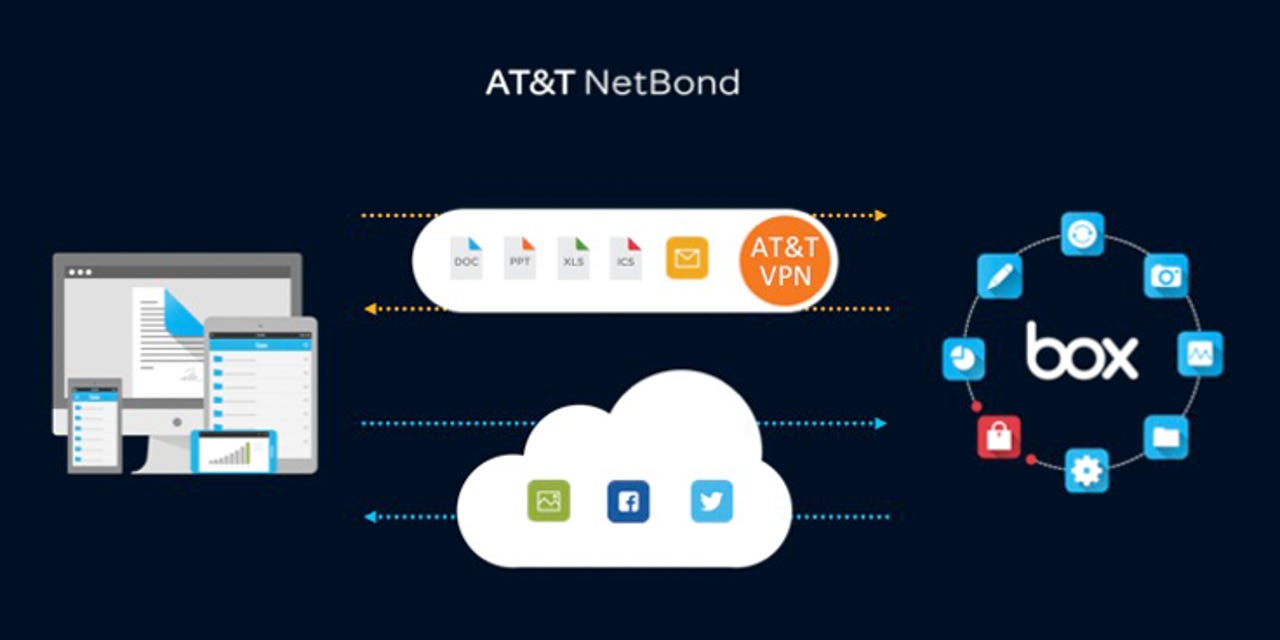Box bolsters security and visibility with AT&T, intros Metadata Templates


SAN FRANCISCO — As it prepares for its public debut on Wall Street soon, Box is stepping up the marketing game to promote itself as a fully fledged enterprise collaboration platform versus just another cloud storage locker.
Box: How Aaron Levie and his childhood friends built a $2 billion business
"Many still think of us as still delivering enterprise file sync-and-share,” acknowledged Whitney Bouck, senior vice president of marketing at Box. "But that’s not where all the value is. In fact, everyone should be doing this.”
At BoxWorks 2014 on Thursday morning, Bouck said that Box’s platform now boils down to the following four pillars: core collaboration, governance, automating processes (via Workflow, introduced on Wednesday), and advanced security.
"Content is one of our most important business assets,” posited Bouck, "It represents the decisions you make, the products you sell, and it might even be the product you sell.”
Along those lines, Bouck unveiled Metadata Templates for enabling advanced search across the Box platform, driving more consistency and “findability” for similar content stored on Box.
On Wednesday, the Los Altos, Calif.-headquartered company opened its annual sales summit with a set of new products designed for reforming business processes in the cloud altogether.
Box for Industries, for example, is being targeted toward a dozen verticals from energy to manufacturing for accelerating innovation regardless of the industry. Box wants to tailor cloud-based collaboration tools by industry based on specific opportunities via industry-specific apps, implementation and domain expertise — all to be built on top of and powered by the Box platform.
"Content is one of our most important business assets,” posited Bouck, "It represents the decisions you make, the products you sell, and it might even be the product you sell.”
However, despite being one of Box's most touted characteristics as an enterprise-grade cloud storage platform certified for healthcare and legal matters, security was curiously absent from Wednesday’s discussion. Company execs followed up during a press conference after the opening keynote, promising security would be front and center on Thursday.
Bouck further apologized that security "didn’t come out as clearly" on Wednesday, starting by introducing Information Rights Management, a series of permissions for centralized control over confidential content on any device via “trusted viewing” and “trusted ecosystem.” These designations are intended to reduce risks of data leakage by ensuring content shared via smart links cannot be edited or even downloaded from the Box cloud.
Users will also be able to define how specific documents and information are accessible for viewing and editing for regulated periods of time via Box Retention Management.
Scheduled to roll out by the end of the year, documents stored in Box can now be designated as records, meaning that any file tagged with a retention policy can't be permanently deleted from Box. However, IT admins can also set up retention periods governing how long documents are saved on Box with the ability to automatically archive or delete file at the end of those timeframes.
Box is also boosting cross-enterprise visibility and preparing for new Security and Event Management (SIEM) integrations with HP and Splunk.
Improving upon Box’s existing audit trail for shared content, Bouck said reporting capabilities will include visibility about employees invited to collaborate in folders on Box instances owned by a partner or customer.
Box is shoring up its platform overall through a new integration with AT&T Toggle and NetBond for cloud-based corporate workspaces and virtual private networks, respectively.
Abhi Ingle, senior vice president of advanced solutions at AT&T Mobility and Business Services, remarked that its customers love workflow and agility promised by cloud and mobile. "But they always feel like they’re trading off against security, control, and visibility,” Ingle lamented.
Using NetBond, Box customers will be able to use the Box platform as if it were on their own corporate networks. Toggle takes BYOD matters a step further, allowing Box users to manage Box mobile apps while also being able to access content (documents, etc.) stored on Box without having to leave Toggle.
Both AT&T-Box integrations are scheduled to launch in 2015.
Image via The Box Blog